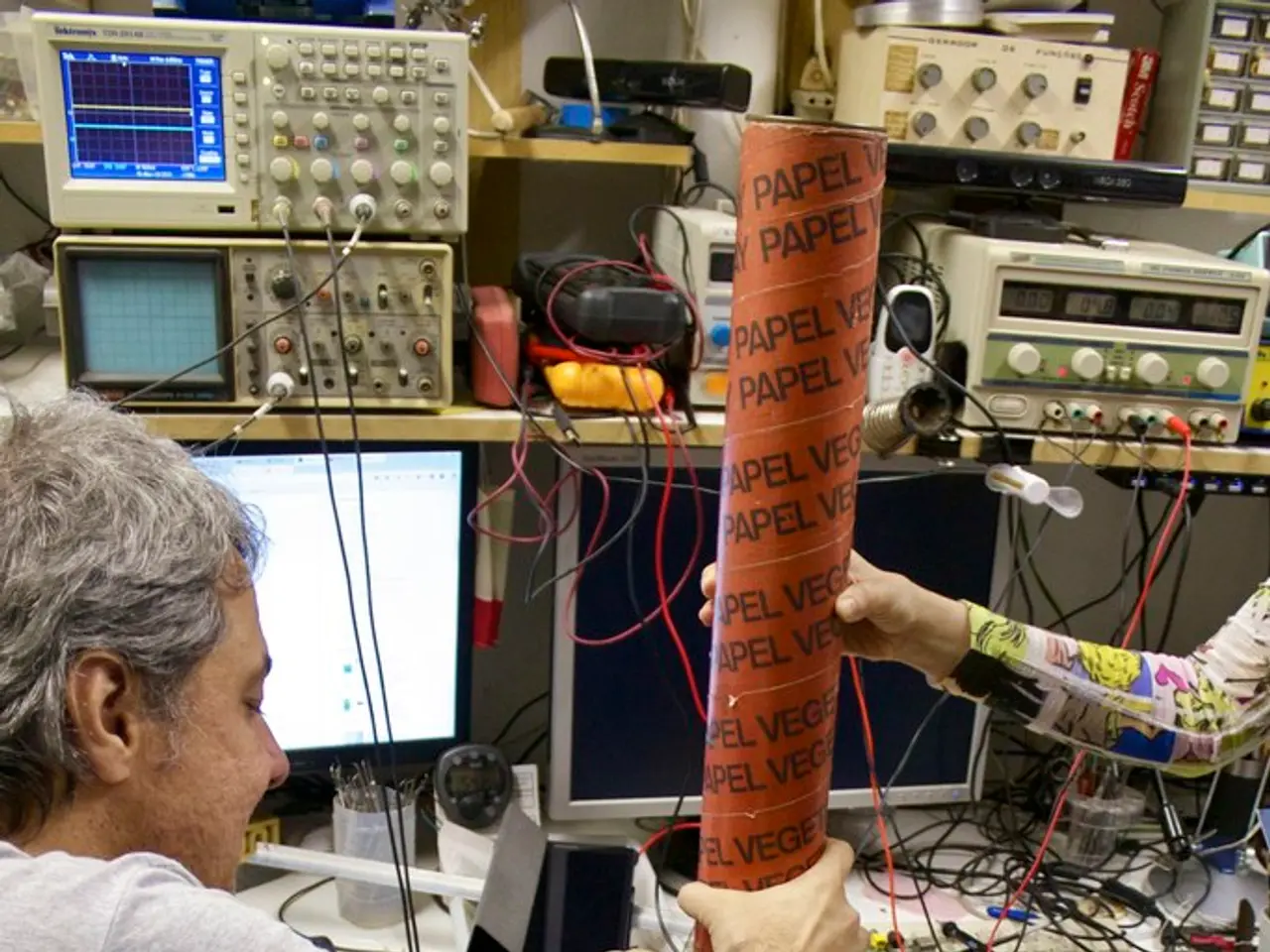The Fascination of Magnetism: Exploring the Allure of Attraction and Repulsion in Daily Routines and Industrial Use
In our modern world, magnetism plays a pivotal role in shaping both our daily lives and various industrial applications. This fundamental force of nature, which enables things with magnetic properties to attract or repel each other, is integral to a wide range of sectors.
In Daily Life
From the kitchen to the bedroom, magnetism offers convenience and organization. For instance, countersunk rare earth (neodymium) magnets hidden inside kitchen cabinet doors provide quiet, secure closures without the need for mechanical latches. Meanwhile, magnetic strips and holders keep metal tools easily accessible and safely secured in workshops.
Refrigerator magnets, a common household item, hold notes and decorations on fridge doors due to magnetic attraction with the steel surface. Magnetic clasps provide convenient and reliable closures in purses and wallets, while magnetic building sets and train cars connect magnetically for play and learning. Even simple objects like coins or paper clips are influenced by magnetism.
In Industry and Technology
Beyond daily life, magnetism is crucial for industries that rely on the extraction of resources like gold, silver, and iron ore. It also plays a significant role in automation systems to maintain efficiency and accuracy in production lines.
Electric motors and generators, such as those found in power tools, electric vehicles, wind turbines, and industrial machinery, use strong neodymium magnets due to their compact size and powerful magnetic force. Hard disk drives and data storage devices also utilise magnets for precise read/write head actuation, enabling rapid data access in computer storage devices.
Compact neodymium magnets convert electrical signals into sound vibrations in loudspeakers and headphones, enabling high-fidelity audio devices. In mobile phones and consumer electronics, magnets facilitate magnetic mounting, wireless charging, and haptic feedback mechanisms.
Industrial equipment employs strong permanent magnets for motion control and torque transfer in magnetic bearings, couplings, and actuators. Powerful neodymium magnets protect manufacturing processes by capturing metal contaminants, and identify precious metals in recycling. Miniaturised magnetic components are essential for IoT devices and communication equipment.
Beyond Everyday Use
Magnetism is also used in geology to understand the earth's magnetic field and locate mineral deposits. MRI (Magnetic Resonance Imaging) uses a strong magnetic field and radio waves to create detailed images of the body's organs and structures for diagnostic purposes.
In the medical field, magnets can help alleviate certain symptoms or prevent falls among elderly individuals, although it is important to consult with healthcare professionals for proper treatment. However, it's crucial to note that magnets do not cure diseases. They can pose a threat if ingested or inserted into the body, and they can cause injuries if used incorrectly.
In conclusion, magnetism has shaped our world in countless ways and holds significant relevance in both our daily routines and industrial advancements. Whether it's in the quiet closure of a kitchen cabinet door, the precision of a computer hard drive, or the high-fidelity sound of a speaker, magnetism continues to play a vital role in our lives.
[1]: Source for daily life applications [2]: Source for industry and technology applications [3]: Multiple sources for various daily life and industry applications [4]: Source for IoT devices and communication equipment applications
- In the medical field, apart from helping alleviate certain symptoms or prevent falls, magnets have been used in Magnetic Resonance Imaging (MRI) for creating detailed images of body's organs and structures, aiding in diagnostic purposes.
- Scientific research and technological advancements continue to explore the potential applications of magnetism in various medical-conditions, expanding its role beyond traditional sectors, such as resource extraction, automation systems, energy production, data storage, audio devices, and industrial motion control.




